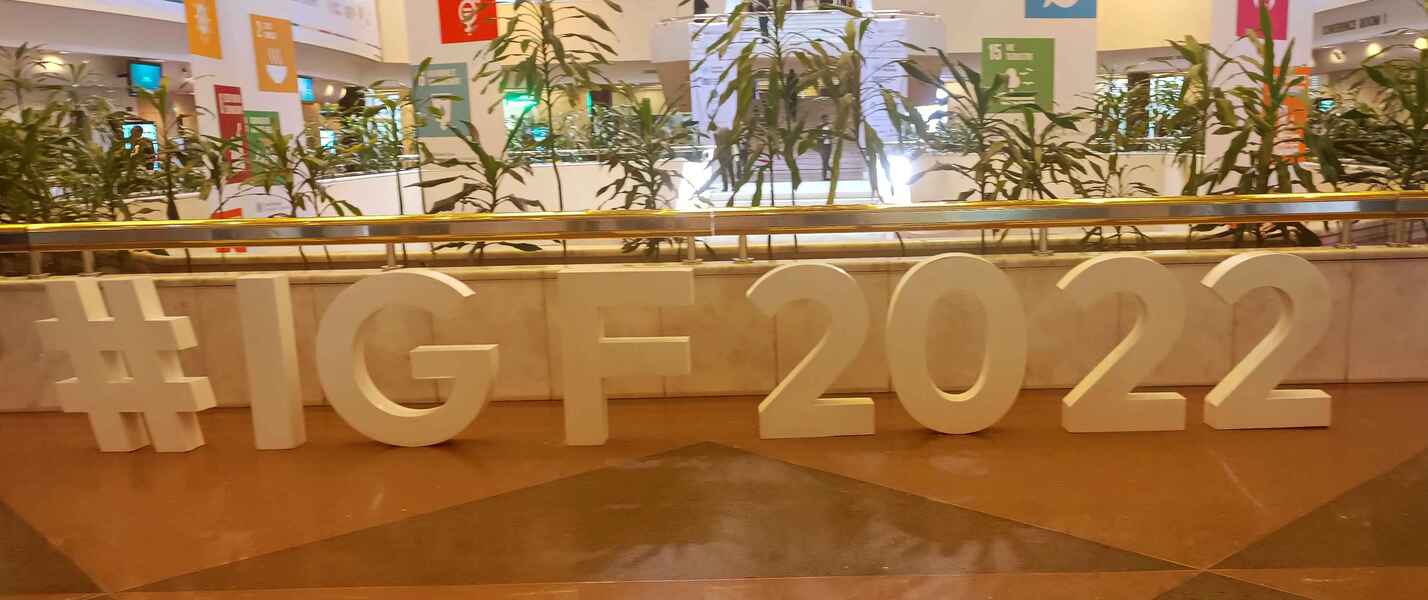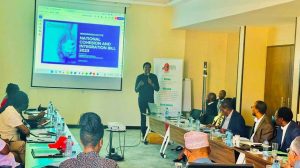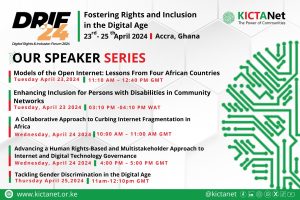Perspectives and Resolutions at the 2022 IGF on Connectivity for the Global Majority
Perspectives on Community Networks as Last Mile Solutions
Community networks dominated the corridors of the 2022 Global IGF coming out as the most viable model for connecting underserved areas. Even as this complementary access model gains more adoption in the global south, several cross-cutting issues surround its adoption and functionality.
Financing
Capital and operational costs affect the deployment and sustainability of community networks. Connectivity capital, Association for Progressive Communications, Internet Society, and Connect Humanity collaborated on a paper on Financial Mechanisms for Locally-Owned Internet Infrastructure which formed the body of discussion at their session at the IGF. The paper is based on a study from 11 case studies across 10 countries analyzing available sources of financing for non-traditional operators (NTOs).
NTOs include community networks, municipal networks, and social enterprises. Depending on the level of maturity, the NTOs access different kinds of funding; revenue & retained earnings, grants & subsidies (USF, tax incentives, donor funding, CSR funding), equity, and debt. Blended financing combines different types of capital and usually has an element of subsidy.
Jane Coffin of Connect Humanity recognized community connectivity providers as uniquely suitable for connecting the underserved because the return on investment is different. There is a need for funding to improve the quality of services, affordability of the internet, and capital expenditure to deploy and scale exciting networks.
Policy and Regulation.
The lack of policies creates an unlevel playing field in telecoms service provision. Policies should be created from a multistakeholder perspective, including all relevant parties, promote innovation and ensure affordability of spectrum, infrastructure, user devices, and data. The presence of a policy framework gives legitimacy to the establishment of community networks
The 17th Internet Governance Forum (IGF) was held in Addis Ababa Ethiopia from 28th November – 2nd December 2022, under the overarching theme Resilient Internet for a Shared Sustainable and Common Future, hosted in a hybrid format. The program was guided by 5 themes supporting the SGDs and drawn from the Global Digital Compact in the UN Secretary-General’s Our Common Agenda report.;
- Connecting all people and safeguarding human rights.
- Avoiding Internet Fragmentation.
- Governing Data and Protecting Privacy.
- Enabling Safety, Security, and Accountability.
- Addressing Advanced Technologies, including AI.
The Global Digital Compact is firmly anchored on human rights aims as a means to deliver universal connectivity, closing the digital divide and reaching the 3 billion offline people, the majority of whom live in the global south. There were 68 sessions on Connecting all people and safeguarding human rights, speaking to the vital focus on issues around connectivity, especially in the global south. Connecting the Unconnected has been a central focus for KICTANet and the Association for Progressive Communications (APC) under their joint partnership in the Local Access Networks project (LocNet).
Follow the next blogs for more perspectives on community networks from the IGF 2022.
This is a series of our publications on Community Networks.
Ms. Catherine Kyalo is the KICTANet Africa Regional Coordinator for Community Networks under the APC-LOCNET initiative. She is passionate about community welfare and enjoys yoga to rejuvenate. LinkedIn | Twitter




